Farming is a cornerstone of every country around the world. However, due to different economic standpoints and technological availability practices might vary greatly. Be it the farm size, employed technology, or involved workers – the discrepancies are massive!
What are the main differences between Indian and American farms?
Key differences between Indian and American Farms:
| Aspect | American Farms | Indian Farms |
| Workforce (in % of Population) | ~1% | 58,2% |
| Average Land size (in hectares) | 180 | 1.2 |
| Average Education | High-school or higher | none to very little |
| Farming Methods | Modern Farming | Traditional Farming |
| Average Yield | 10,8* | 4,6* |
Want to learn more about the implications of modern farming on productivity and the lifestyle of farmers? Stick around to know the different farming practices in both countries and their impact on productivity and profitability.
Table of Contents
Percentage of people depend upon farming
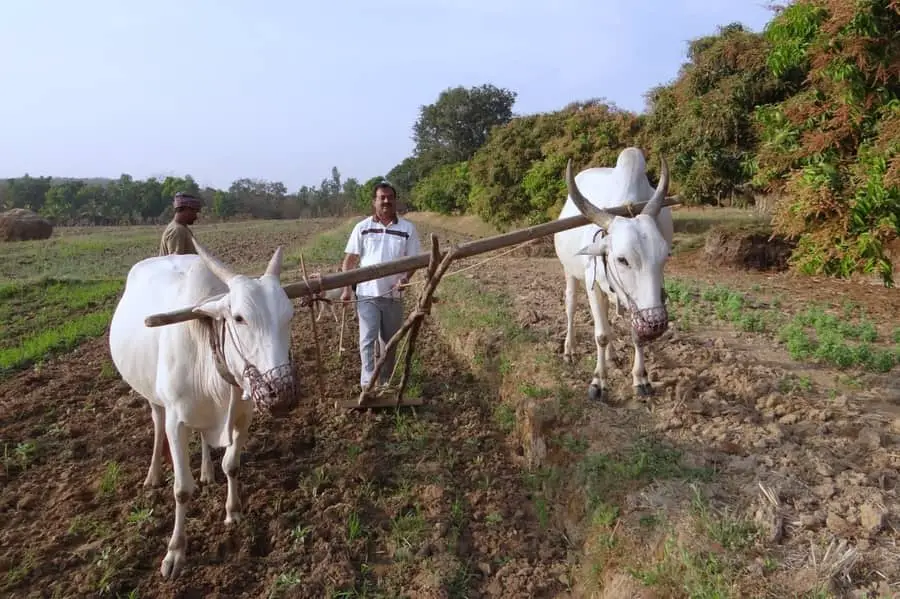
India is an agricultural country with 65% of the population living in rural areas. India has around 127 million cultivators and 107 million agricultural workers (2011). Coming up to 58,2% of the population working in the farming industry. On the contrary, the USA has a minimal number of people involved in farming. The total number of farm owners stands at 2.06 (2000) million with an additional 1.16 million (2020) hired farmworkers.
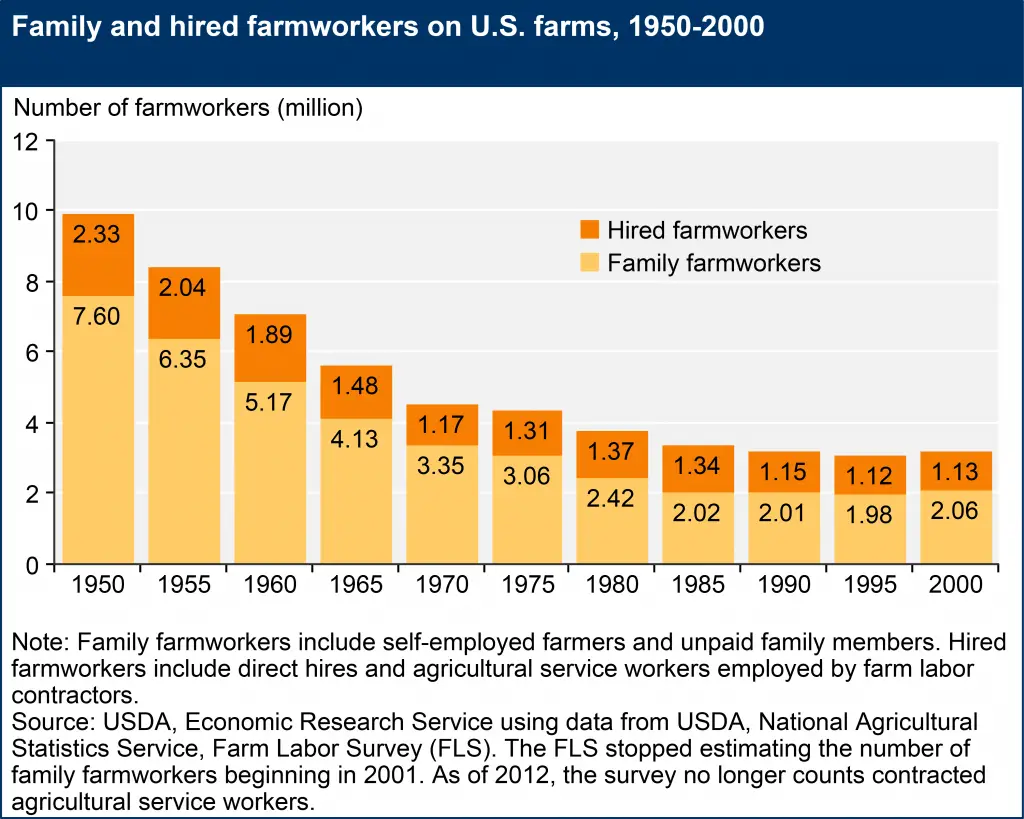
Average land size of farms
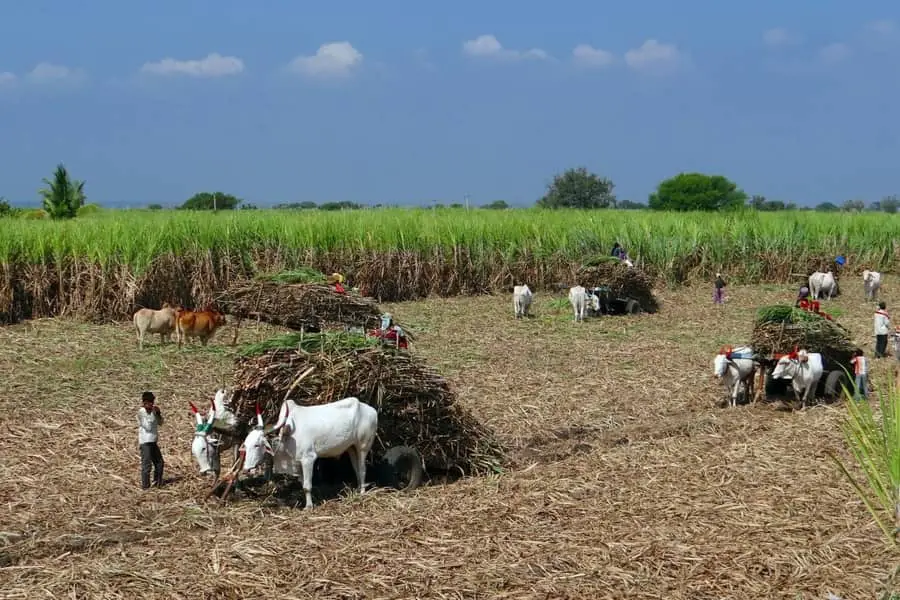
Another difference between Indian and American farms is the size of land. Typically, Indian farmers get their land in inheritance from family members, and it goes the same from generation after generation.
So with each generation, the original land area is subdivided between family members. Therefore, the land size gets smaller and smaller with more subdivisions, and the average farm size remaining is 1.2 hectares.
On the other hand, unlike Indian farmers with small farm sizes, USA farmers hold large land, around 180 hectares (2020).
Education
Unfortunately, the lack of education is another drawback for Indian farmers. Usually, the Indian farmers pass their profession to their sons, who followed the father’s footsteps. They abstain from getting any related education, but their experience comes from watching their elders in the fields.
Whereas, few of them do visit village schools to receive elementary education before dropping out eventually. Hence, the average Indian farmer is either an illiterate or a dropout.
In comparison, the USA farmers are highly educated and at least finished High-school but often completed a specialized university’s agriculture degree. As a result, they keep themselves up to date with the latest technology in agriculture and utilize them in their farmland.
Farming Methods (physical labor vs. machinery)
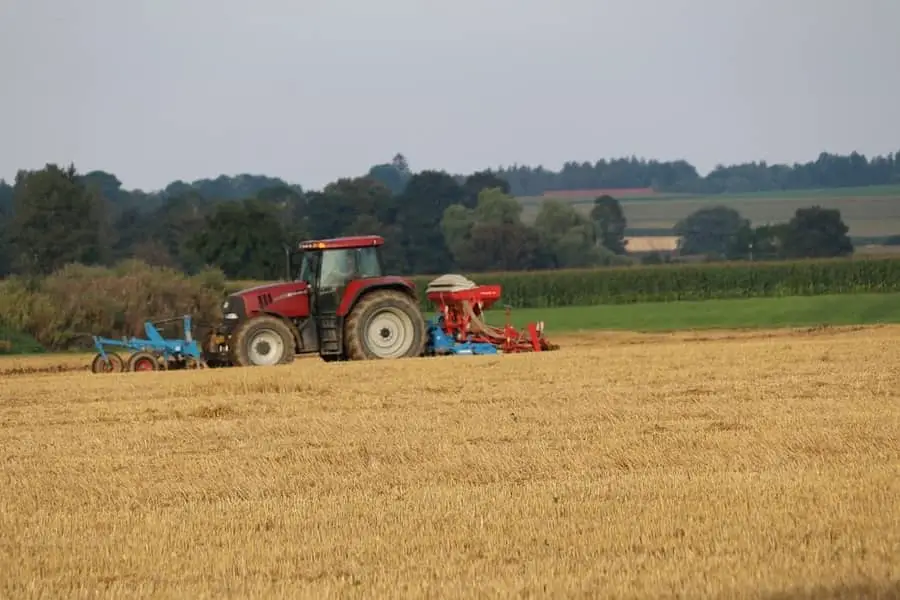
Even in the era of technology, Indian farming remains labor-intensive. Much of the fieldwork is done by workers or by using traditional methods like plowing with bullocks.
Conversely, USA farmers use heavy and advanced machinery. Farming in the USA is capital-intensive. Unlike Indian farms, the number of farmworkers is minimal. Secondly, Indian farming still depends on weather and is limited in product variety.
Contrary, USA farmers grow various crops in one year. In addition, American farmers use technological advancements and facilities to enhance their productivity level.
One common practice is Soil testing to know the farmland’s fertility level and the type of crop best suited to their farmland. Periodical testing saves time/money and enables farmers to keep production constantly high.
On the other side, Indian farmers don’t have these facilities, and many of them do not even know about such possibilities. Indian farming depends on the vagaries of the monsoon rainfall. Controlled Irrigation is still lacking. Despite massive investment, including the constriction of dams.
Consequently, the change in the amount of rainfall has very catastrophic results for Indian farming. American farmers have advanced systems for irrigation that allow them all-year-around production.
One more difference between Indian and American farms is in their management and ownership. The Indian farms are owned as well as managed mainly by low-income families, whereas American farms are often owned by wealthy companies and managed by professionals.
Yield and Earnings

Although American farmland is less in number, they perform way higher in terms of productivity and revenue generation. A quick comparison using data from the Fao (2018) between the two reveals that the yield per hectare of the US farmlands is more than that of the Indian counterparts.
As shown in the summary below:
| Crop | America* | India* |
| Rice | 8.63 | 2.66 |
| Corn | 11.86 | 3.02 |
| Wheat | 3.2 | 3.37 |
| Cotton | 2.68 | 1.19 |
| Potato | 49.76 | 22.56 |
| Soybeans | 3.47 | 1.21 |
| Cereals | 8.69 | 3.25 |
| Groundnuts | 4.47 | 1.36 |
| Barley | 4.16 | 2.69 |
The effects of modern farming
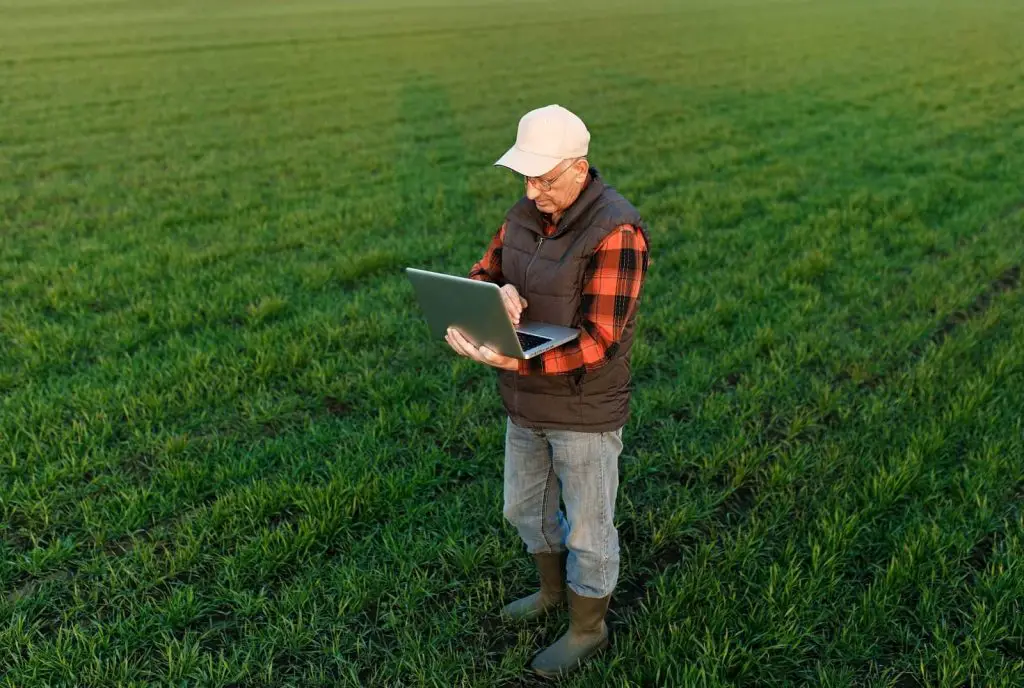
Technology in modern farming continues to become more and more relevant. Helping to increasing yield, supplement labor shortages and enabling customer preferences for transparency and sustainability.
There are plenty of innovations in farming, helping farmers grow their business. One of the most significant differences between Indian and American Farms is the degree these techniques find implementation.
Instead, Indian farmers are a step behind Americans in technological advancements and are still using traditional methods. Let’s look at some of the new agriculture technologies and recount the benefits of their application.
Precision Agriculture

Agriculture has undergone an enormous change, and technology is becoming an absolute necessity of every commercial farmland. All precision agriculture corporations are coming up with a technology that enables farmers to maximize yield.
Crop yield can be maximized by controlling every variable of crop farming, including pest control, moisture level, micro-climate, and soil conditions. It creates reliable methods for planting and growing crops.
Precision agriculture allows farmers to increase efficiency and manage costs. The upcoming farmers are attracted to faster and more flexible startups that will maximize yield systematically. Nonetheless, precision agriculture companies get a huge opportunity to flourish as well.
Farm Automation
Farm automation or intelligent farming is a technology that makes farming more accessible and efficient by automating the crops’ production cycle. Many companies are working on robotics innovations to design drones, robotics harvesters, seeding robots, automatic watering, and autonomous tractors.
Even though this technology is relatively new, traditional agriculture companies are now adopting farm automation into their processes. The new advancement in technology features robotics, drone, and computer vision software, and all these innovations have completely transformed agriculture.
The primary function of farm automation machinery is to cover mundane tasks. Farmers are currently using some technologies like autonomous tractors, harvest- , seeding-, weeding- automation, and drones.
Farm automation highlights major issues like farm labor shortages, rising global population, and changing customer preferences. The advantage of automating farming processes is great: dealing with user preferences, shortage of laborers, and the environmental footmark of farming.
Indoor Vertical Farming
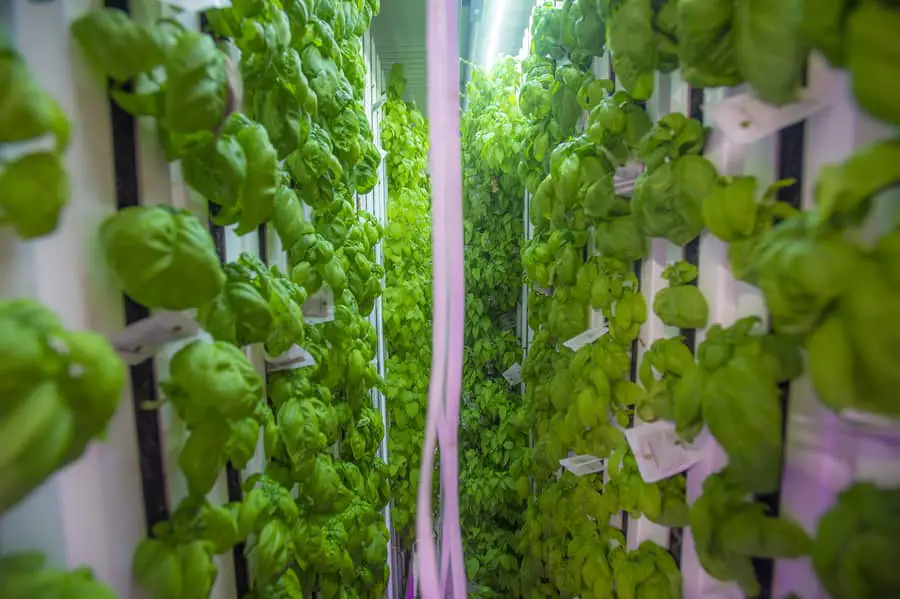
Last but not least in advanced technologies is Indoor vertical farming. It increases crop productivity, overcomes limited land area, and reduces transportation distances.
In indoor gardening, you can grow vegetables stacked one above another in control conditions. Growing vertically gretly reduces the space needed compared to traditional farming methods.
Most of the vegetable plants are either hydroponics and grow in a nutrient-dense bowl of water or aeroponic. Plant roots need to be sprayed systematically with nutrients and water. Moreover, farmers use artificial lights instead of sunlight.
Vertical farming has dozens of advantages, including maximized crop yields, reduced labor costs, less water usage. Most crops can grow independent of season limitations. However, not all crops are suited for this farming method.
The Bottom Line
Indian farms are more labor-intensive with less machinery assistance; farmlands are much smaller, resulting in reduced yield and earnings.
On the opposite, American farmers use more advanced technology that reduces the number of laborers, saves time, maximizes yield, and delivers better returns.
